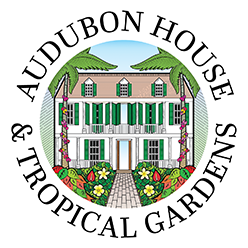John James Audubon
John James Audubon (1785 – 1851) was born in Les Cayes, Saint-Domingue (now Haiti). His father, Capt. Jean Audubon, was a French merchant captain and planter, his mother, Jeanne Rabine, a French domestic who died when he was an infant. At the age of four he was taken to France and adopted by his father’s legal wife, who raised John and his half-sister as if they were her own. In 1803, Capt. Audubon sent his eighteen year old son to Pennsylvania to manage the family’s estate there, and to escape Napoleon’s draft. There he met, and eventually married Lucy Bakewell.

Portfolio
Birds of America
The last print was issued in 1838, by which time Audubon had achieved fame and a modest degree of comfort, traveled this country several more times in search of birds, and settled in New York City.
Cemetery at 155th Street and Broadway in New York City.
Twenty-two of the original 435 Havell plates represent birds Audubon observed and painted in Florida in 1831 – 1832.
property now occupied by the Audubon House & Tropical Gardens and the Geiger Family Historic Home. At that time the property was owned by one of the island’s founders, Pardon Greene, and occupied the homes of Strobel, Greene, the Geigers (who eventually bought the property and erected the present house), and at least one other family. The center of the lot was a garden of native and imported tropical plants which Audubon used in his images of local birds.
